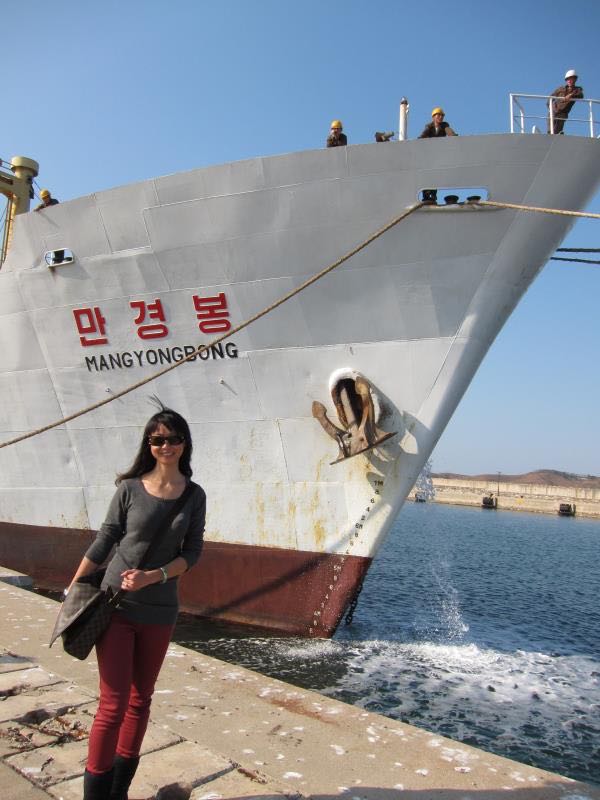
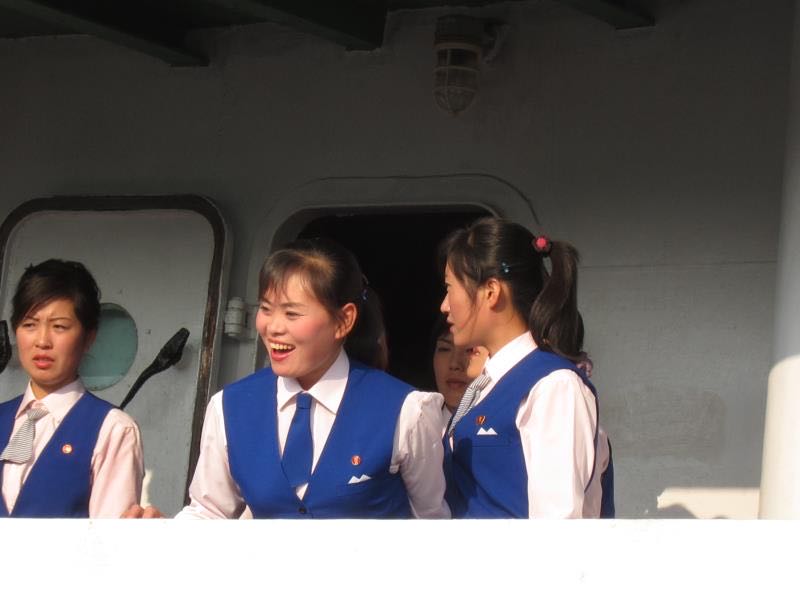
Back in 2011, North Korea was a very different place when it came to tourism, so when the chance to go cruising in North Korea came about, YPT was one of the first to jump at the chance!
The Ship!
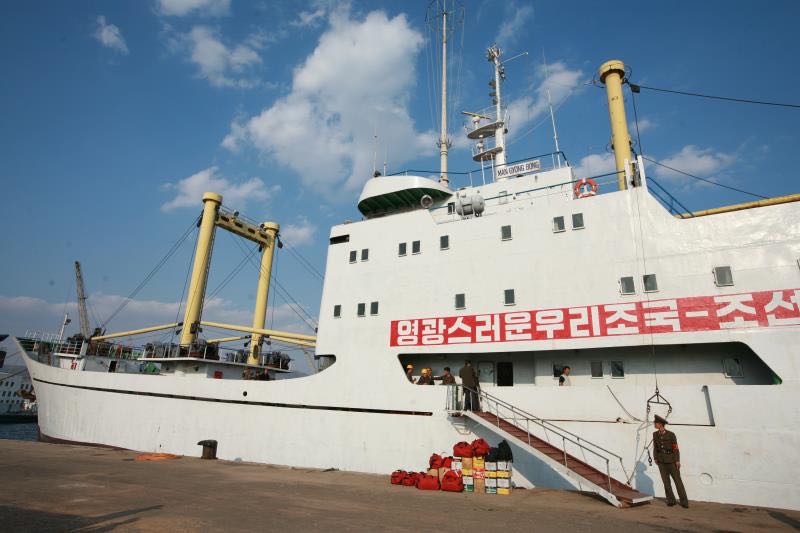
The Man Gyong Bong 92/Mangyongbong was initially a cargo-passenger ferry built-in 1992. It was funded by the Chongryon organization of Korean residents in Japan. Its initial purpose was to service the Nigita, Japan, to Wonsan, DPRK ferry route. The routes main function was facilitating travel between Zainichi Koreans based in Japan being able to travel to North Korea for business or family reunions. The ship had a capacity for 200 passengers and over 1 tonne of cargo.
The route ran from when the first Mangyongbong ship sailed in 1971 until the summer of 2006.
In July 2006, North Korean fired a range of missiles that landed in the Sea of Japan. Initially, this led to the Mangyongbong being banned from Japan for six months, which eventually became a permanent ban.
After 25 years of servicing the Korean diaspora, North Korea now had a ship sitting doing nothing. What to do with the Mangyongbong 92?
The First North Korea Cruising trip
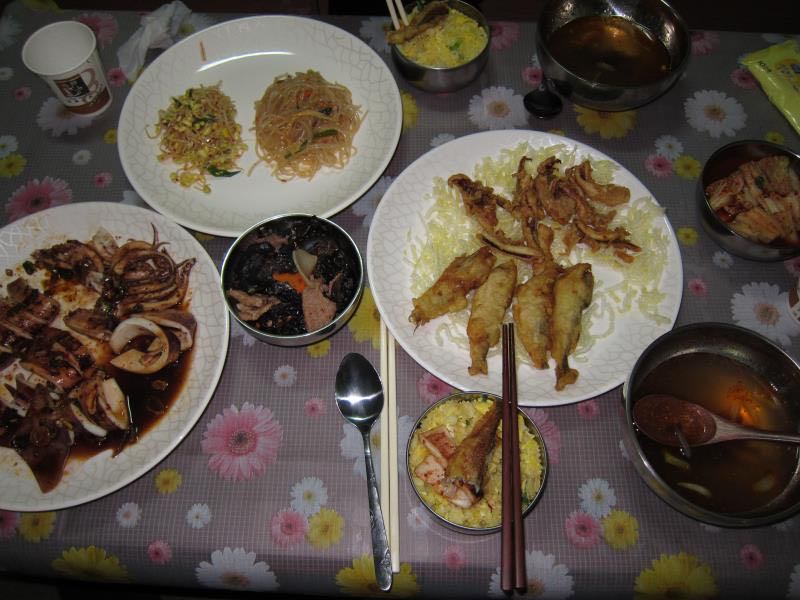
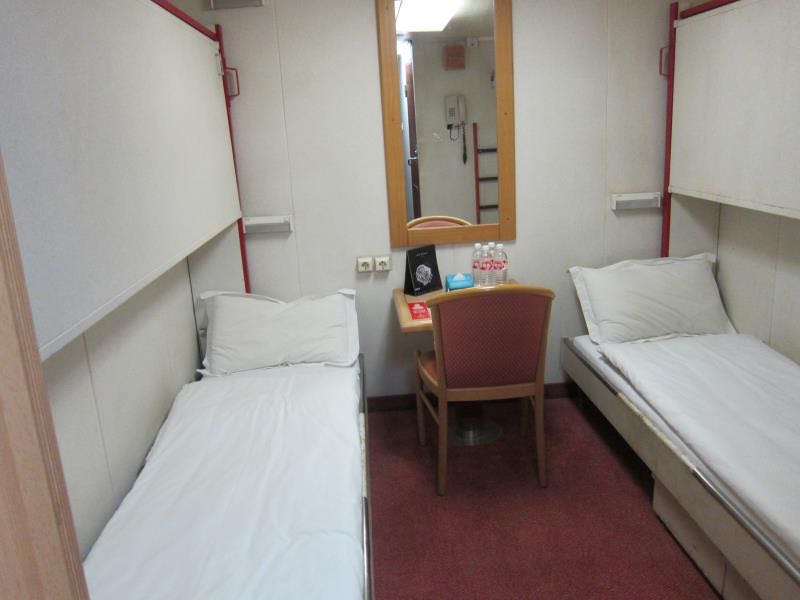
With the Mt Kumgang, Special Tourist Region now closed to South Koreans and an empty ship doing nothing the idea was had to start running cruises. The ManGyong Bong 92 was duly converted into a cruise ship (of sorts).
In August of 2011, the first trial cruise was run from Rason to the Mt Kumgang region of North Korea. The cruise was to cost around $500 and was offered initially to a number of travel agents, a few journalists and Chinese citizens. Whilst that meant that many at YPT could not go, we decided to send YPT director Shan Collings as part of this initial group.
The cruise had the group meeting in Yanji before transferring to the Rason SEZ. Rason is the main special economic zone of North Korea and allowed people to visit a local market and exchange Korean Won at non-official exchange rates. These are less of a big deal now, but at the time, this was very pioneering stuff when it came to North Korean tourism!
On entering the ship, guests were offered the chance to be in 2 or 4 room cabins for the 5-night trip. Some journalists criticized the food (Korean style) and the state of the ship, but we felt differently! OK, the cruise was far from perfect, but it offered great views, a visit to Mt Kumgang and probably the most unique tourism opportunity that has ever happened in the DPRK.
To get a true feel, check out our very exclusive photos of the first Rason – Mt Kumgang cruise, which we are publishing for the first time.
Sadly the cruise was not seen as a success from the North Korean side, and there were no plans to sail the Mangyongbong 92. But what if you had another ship? It was at this point that a Singaporean businessman stepped in.
Great News Right?
The ship was owned by a 46-year-old Singaporean, who, after seeing that there was a cruise route available, decided to get involved. It was initially hoped that the cruise would be open to “foreigners,” as in non-Chinese, and indeed it was something that was advertised as such.
So, in 2012 we posted the following (very short) blog entry.
“Well, the end of the crisis is now very much upon us, and normal procedure seems to not only have been resumed, but almost slightly improved upon. On May 19th, the very first Mt Kumgang Cruise from Rason began, using the new Singaporean ship The Royale Star. The initial cruise, or maiden voyage, was run specifically for Chinese, Korean-Chinese, and nationals of the DPRK and left on May 19th, with the vessel that has a capacity for 800 paying guests, took a fairly full ship for the maiden leg.
YPT always being up for new DPRK adventures and routes are anxiously awaiting news on if foreigners will be allowed on the next cruise, which will ideally be leaving at the end of June. Should this happen, we will certainly be selling places.”
Funnily enough, this ended up with one of our first big media “stories” when a Cruise Critic journalist duped me into a rather rude “exclusive.”
Obviously, we managed to survive!
The Royale Star eventually made a few trips, with costs starting from around 4000 RMB per person before eventually sanctions, demand, and a whole host of other factors ended the experiment. Whilst YPT advertised and indeed took bookings for these trips, sadly non-Chinese were never allowed to partake.
The North Korean experiment with cruising had ended for the time being and the Royale Star left the waters of the DPRK.
Is There a Future for North Korea Cruising?
We have had various tourism meetings and attended conferences in North Korea, whereby they have expressed optimism that North Korean based cruise routes might return. Sadly the reality is that with the current closure over coronavirus and, of course, the sanctions regime against North Korea, it is unlikely that cruises will return any time soon.
And what of the Mangyongbong 92?
For many years it was docked in the harbour in Rason and indeed was included as part of a tour to the Rason SEZ. Korean guides would dutifully explain its history taking Koreans back and forth from Japan and would also talk about the one cruise it did.
It was then moved back to Wonsan, where it again lay idle and again kind of became a tourist attraction. But it was still to play a part in the affairs of the DPRK!
In 2017 it performed a trial ferry run between Rajin and Vladivostok in Russia (which one can only assume wasn’t all that successful). It was back again in 2018.
Carrying a 140-person orchestra for the 2018 Winter Olympics. When it docked at Mukho, it was the first North Korean ship to dock in the south since 2002.
Cruising in North Korea might not have lasted long, but much with other things in this interesting country, we are proud to say that YPT was a part of it!





